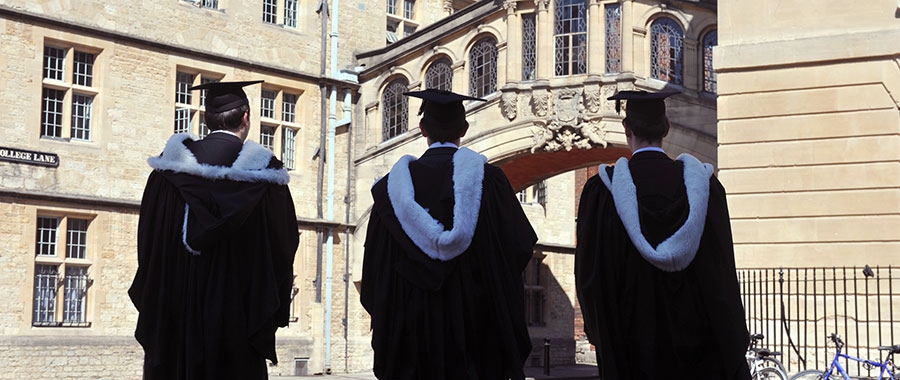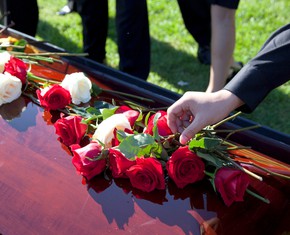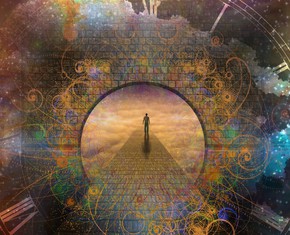The views expressed in our content reflect individual perspectives and do not represent the authoritative views of the Baha'i Faith.
Is the Baha’i claim that Baha’u’llah is the Spirit of Truth a credible claim? Does it withstand scrutiny? Does it attract assent?
If not objectively or scientifically provable, is Baha’u’llah’s prophetic claim to be the Christ-promised “Spirit of Truth” subjectively believable?
To examine those important questions, let’s look at one notable instance of such a conviction, deeply held by Thomas Kelly Cheyne (1841–1915), an ordained Anglican priest and Oxford University scholar, who became a Baha’i a little over a century ago.
In 1886, Cheyne was appointed Oriel Professor of Interpretation of Scripture at Oxford University, and, as an ordained Anglican priest (1864), was installed as Canon of Rochester Cathedral (Church of England) that same year.
An advocate of “higher criticism” as applied to biblical scholarship, Professor Cheyne was the first at Oxford University to teach students how to apply the methods and tools of higher criticism to the Hebrew Scriptures.
One of the leading authorities on the Old Testament—and especially on the Book of Isaiah—in his day, Cheyne was co-editor of Encyclopædia Biblica: A Critical Dictionary of the Literary, Political, and Religious History, the Archæology, Geography, and Natural History of the Bible.
Late in his career, Professor Cheyne became interested in the Baha’i Faith, through both the works and exemplary lives of Baha’u’llah and Abdu’l-Baha. Cheyne embraced the Baha’i Faith, while remaining an Anglican priest and enjoying the “privilege of simultaneous membership of several brotherhoods of Friends of God.” – T. K. Cheyne, The Reconciliation of Races and Religions, p. x.
Then came the opportunity for Professor Cheyne to actually meet Abdu’l-Baha in person. This occurred on December 31, 1912 at Oxford University. Here’s what happened, in brief:
… after a group of friends and well-wishers came and offered their respects and greetings, he headed for the University of Oxford. … He arrived there after two hours from London and went directly from the train station to the house of Professor Cheyne. … after He went to London, he [Prof. Cheyne] organized a special meeting at the University of Oxford, and invited the Master [Abdu’l-Baha]. On arriving at Oxford the Master first went to visit the above-mentioned professor and conversed with him with utmost kindness. And he [Prof. Cheyne] showed the Master his writings about the Faith, which he was continuing despite his illness. In the condition he was in he was expressing his faith and assurance with great fervour. His attitude of belief and attentiveness so moved the Master that He several times, kissed him on the head and on the face, and kept caressing his face and his hair. The Master had luncheon at the home of Professor Cheyne. (This paragraph translated by H. M. Balyuzi, Abdu’l-Baha: The Centre of the Covenant, p. 352.)
At the same table, he and his wife, with a group of friends from London and Oxford, and the servants of the Master, were honored with the Master’s presence. In the afternoon, after they had finished their tea, two special automobiles were ready with a group of friends and attendants, who took him to [Manchester] college. …
During the arrival of the Master, several individuals among the leading figures who were awaiting the Master’s arrival at the door, welcomed him with complete humility. And the leader [Dr. J. Estlin Carpenter] took the arm of the Master and took him to one of the large halls of the [University] college. [Manchester College Library].
Although it was vacation time and the winter season, the hall was full of people. As they were introduced, they found out that most of the people were professors of the university and clergymen of Oxford as well as honored people of England. In spite of this [exalted gathering], when the Master entered, everyone arose. …
[Dr. Carpenter] gave the utmost thanks to Professor Cheyne since he was the cause of the occurrence of this gathering. He spoke about the high rank and position of the aforementioned Professor [Cheyne]. Then he introduced the Master [Abdu’l-Baha] with complete respect. And when the Master arose, everyone applauded together, and they began to show great joy. – Translated by Sholeh Quinn and H. M. Balyuzi
Here are Professor Cheyne’s public testimonials as to his belief that Baha’u’llah indeed was the “Spirit of Truth” that Christ foretold:
We want Messiah badly now; specially, I should say, we Christians want “great-souled ones” (Mahatmas), who can “guide us into all the truth” (John xvi. 13). … One thousand Jews of Tihran are said to have accepted Baha’u’llah as the expected Messiah. They were right in what they affirmed … – T. K. Cheyne, The Reconciliation of Races and Religions, pp. 36–37.
And yet one feels that a theology without a theophany is both dry and difficult to defend. We want an avatar, i.e. a “descent: of God in human form; indeed, we seem to need several such “descents,” appropriate to the changing circumstances of the ages. Did not the author of the Fourth Gospel recognize this? …
Well, then, it is reasonable to turn for guidance and help to the East. There was living quite lately a human being of such consummate excellence that many think it is both permissible and inevitable even to identify him mystically with the invisible Godhead. Let us admit, such persons say, that Jesus was the very image of God. But he lived for his own age and his own people; the Jesus of the critics has but little to say, and no redemptive virtue issues from him to us.
But the “Blessed Perfection,” as Baha’u’llah used to be called, lives for our age, and offers his spiritual feast to men of all peoples. His story, too, is liable to no diminution at the hands of the critics, simply because the facts of his life are certain. He has now passed from sight, but he is still in the ideal world, a true image of God and a true lover of man, and helps forward the reform of all those manifold abuses which hinder the firm establishment of the kingdom of God. – T. K. Cheyne, The Reconciliation of Races and Religions, pp. 4–5.
Just as the author of the Fourth Gospel looks forward to results of the Dispensation of the Spirit which will outdo those of the Ministry of Jesus (John xiv. 12), so we may confidently look forward to disclosures of truth and of depths upon depths of character which will far surpass anything that could, in the Nearer or Further East, have been imagined before the time of Baha’u’llah. – Ibid., p. 190.
This testimony of faith—by a well known University of Oxford scholar—as to Baha’u’llah’s fulfillment of Christ’s promise of the “Spirit of Truth” is compelling.

















Comments
Sign in or create an account
Continue with Googleor